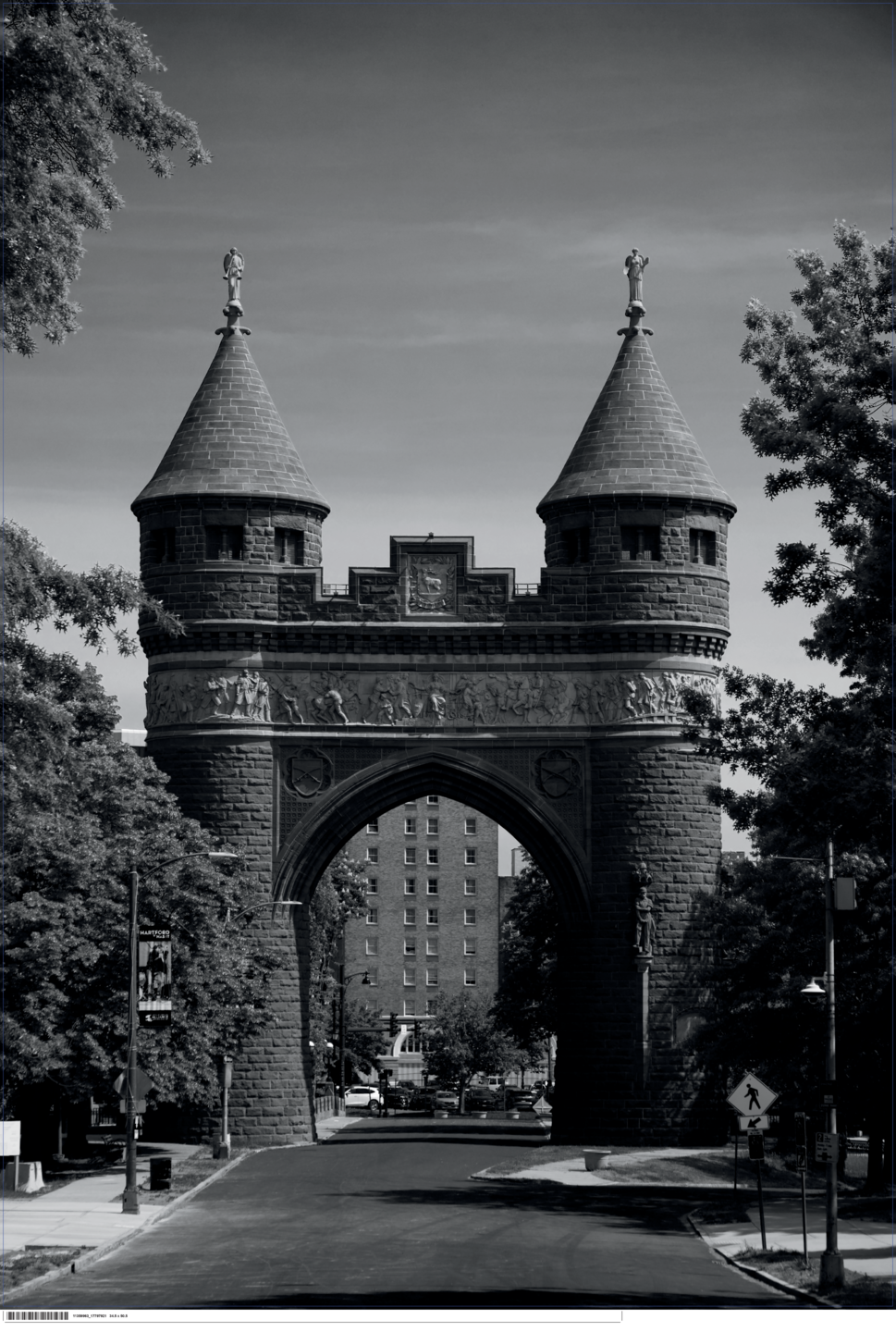The Evolution of My Gear
Every photographer has a story when it comes to the gear they have used and how they managed to get it. In Cuba, many stick to the first camera they get because most times they can’t afford new one. However, even there, people tend to evolve and grow, and my story as a photographer is no different from theirs.
I first started with a point-and-shoot Samsung as mentioned in my introduction. It was a broken camera that an uncle of mine had partially repaired (flash wouldn’t fire), and I did my best to make the best of it. I exploited it to the point of making it impossible for it to work.
However, I did capture some images that I found to be really good (at least at the moment). It was with that camera that I learned the most about angle, composition, and timing.
But as an already repaired camera, its swan song took place while photographing a training session of Holguín’s women’s softball team. That proved the start of a series of migrations and upgrades that not only helped me work with different systems, but also allowed me to take better photos and learn even more about this art.
My first migration to a prosumer camera was a used Fujifilm FinePix S1500 that my cousin Yissel Ricardo bought for me in Canada. I started improving my photos, as the image quality and resolution of the Fujifilm completely outperformed the Samsung.
The introduction of that camera marked the onset of a number of years spent capturing moments with Fujifilm. Eventually, it was replaced by a FinePix S4200, generously gifted by Alexandra Schuelle, a fellow photographer, after my S1500’s battery door broke.


I used the S4200 for a long time; it was more powerful than the S1500 in terms of resolution, and its optical zoom doubled the S1500’s 12x. This camera enabled me to take photos from center field during baseball games, concerts, events, theater shows and hurricane aftermaths. Obviously, photographing at night was always a major challenge, but I pushed it as far as I could.
The results could have been better, but technology did not necessarily come to my aid. Daytime pictures were taken as easily and with as much sharpness as with a DSLR, but night photos were indeed the biggest challenge. Even images taken during golden hour were a rare accomplishment, but rather than deter me, this was just another drive for me to try to be better.
The S4200 was one of the cameras that pushed me the most to learn about composition and timing. There is no doubt that I was lucky in many instances. However, the amount of experience and skill it brought me enabled me to get the best of DSLR cameras when I finally got my hands on one of them.
In 2014, my first DSLR arrived, via some friends from Chile, who had been following my baseball photography work for years. They had seen that my baseball photos were not the best at night games (Cuban baseball stadiums have mediocre light compared to others in the world). So, Dr. Teófilo Villa Toledo and his son made sure that I got a Canon EOS Rebel 1100D (also known as Canon EOS Rebel T3). With that, my photography took a turn for the better.
The photos captured with the EOS 1100D not only enhanced my results in terms of resolution, image sharpness, speed, and light, despite not owning a “fast”; lens until mid-2017. Moreover, the camera played a pivotal role in refining my photographic vision and skill set. Recognizing that improvement comes with time, trial and error, and accumulated experience, it’s undeniable that a superior camera contributes to a photographer’s growing comfort and proficiency over time.
That marked the beginning of my life shooting with Canon EOS systems, and from there I evolved into the Canon EOS Rebel 100D (also known as Canon EOS Rebel SL1) in 2016 thanks to Dr. Mike Gingold, the Canon EOS Rebel 550D (also known as Canon EOS Rebel T2i, which was the camera that gave me the greatest sums of money while in Cuba) in 2017 thanks to my friend Julio Bermúdez, the Canon EOS 40D (which I acquired when I bought a second-hand lens in the US in 2017), the Canon EOS 7D bought online through my friend Gyan Hardman in 2019, and finally the Canon EOS RP in November 2022.
The Canon System accompanied me on many adventures, including photographing historic moments like the visit of Cuba by Pope Francis (September 2015), the visit of Cuba by Barack Obama (March 2016), and three Cooperstown Baseball Hall of Fame Induction Weekends (2016, 2017 and 2022), countless baseball games in Cuba and the US, the funeral procession of Fidel Castro (November-December 2016). [for more, see my gallery]
Also, it was with the Canon System that I discovered, learned and fell in love with street photography. The EOS broadened my horizons, prompting me to embark on journeys, forge connections with diverse individuals, and refine my photographic perspective, ultimately leading to personal transformation, hopefully for the better.
The Canon System has been my reliable companion for over ten years. The DSLR did not make me a better photographer, but as my friend Alain Gutiérrez once said, it makes you “more comfortable” and that enables you to take better shots. I don’t consider myself a great photographer, I am just intuitive and (a lot of times) very lucky. But I do believe that luck is out there for everyone, it is just those who are brave and hard-working that are the ones who actually seize it.
I want to believe I am one of them.












